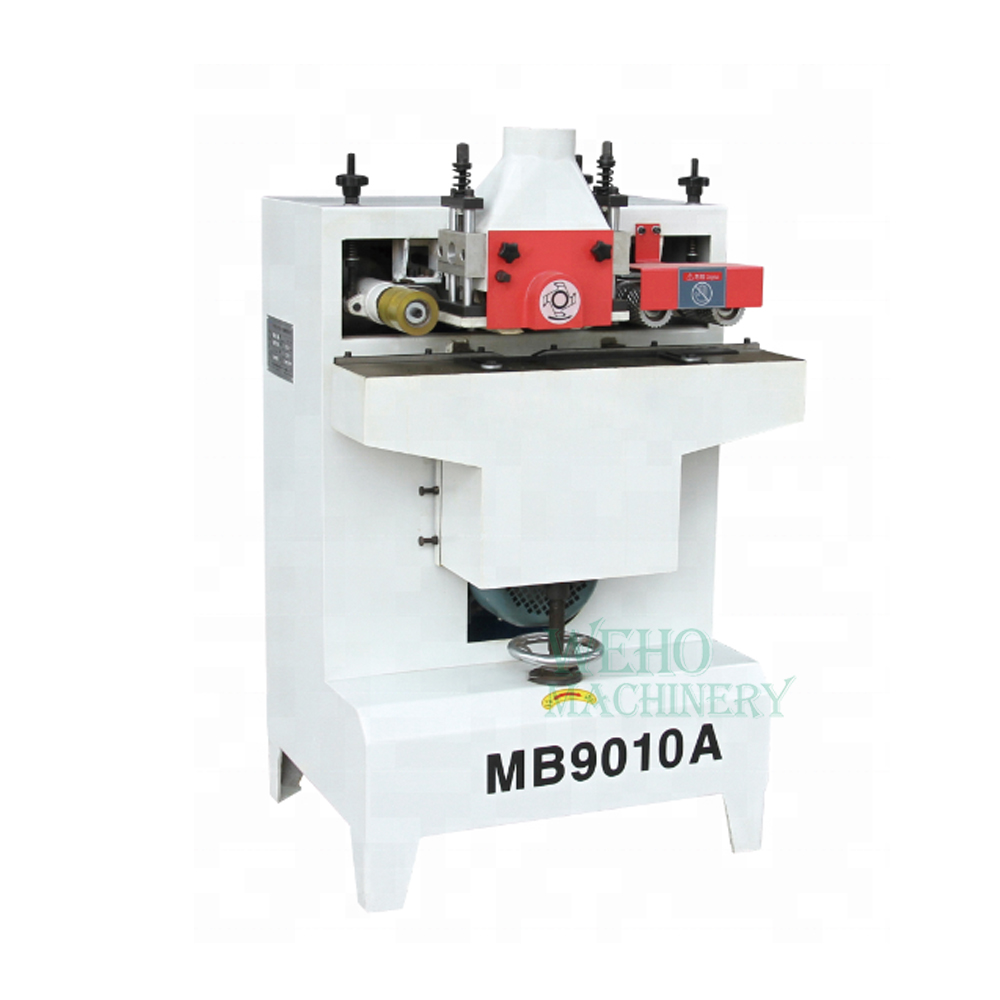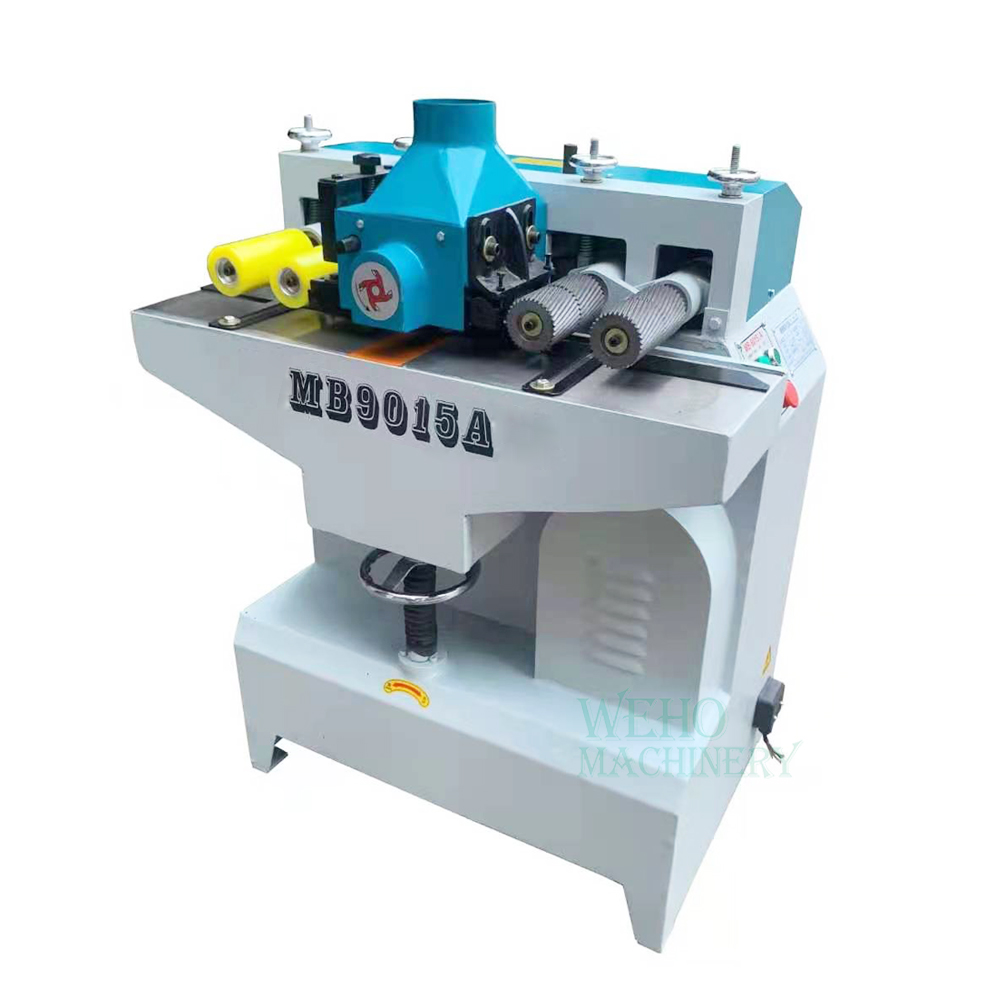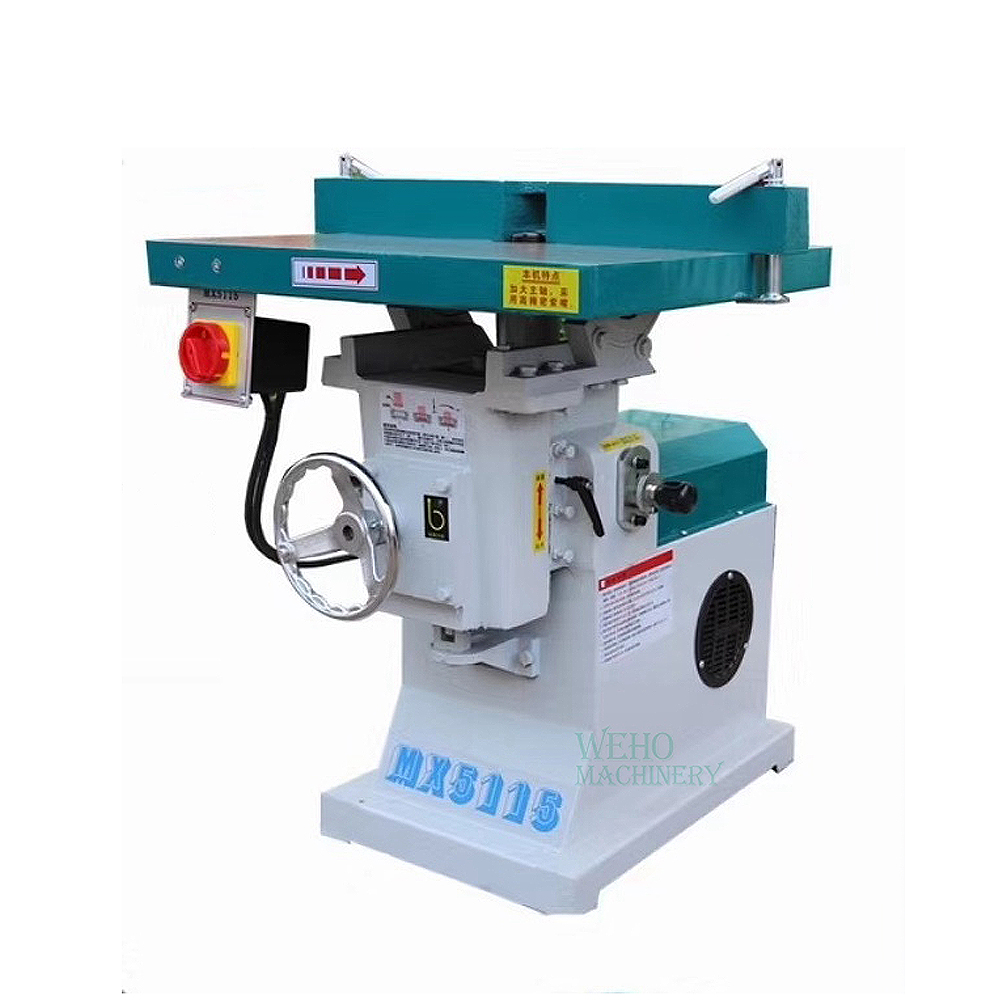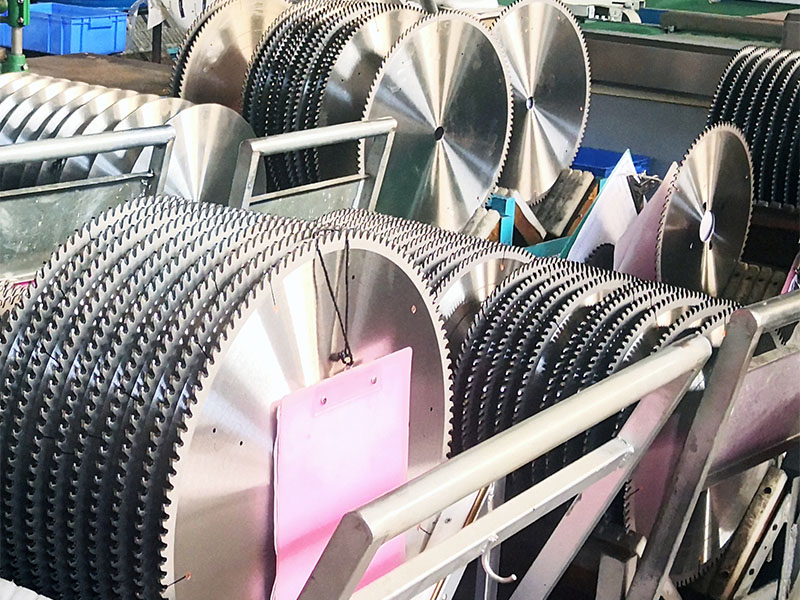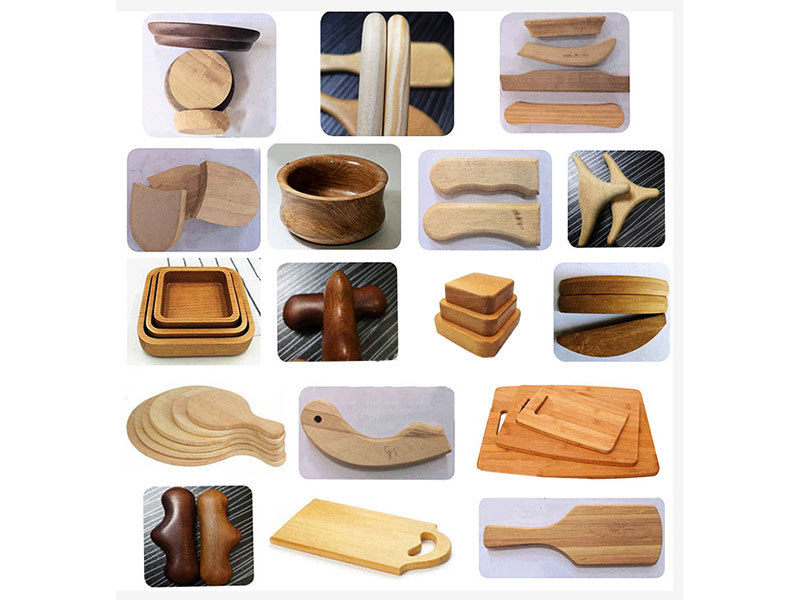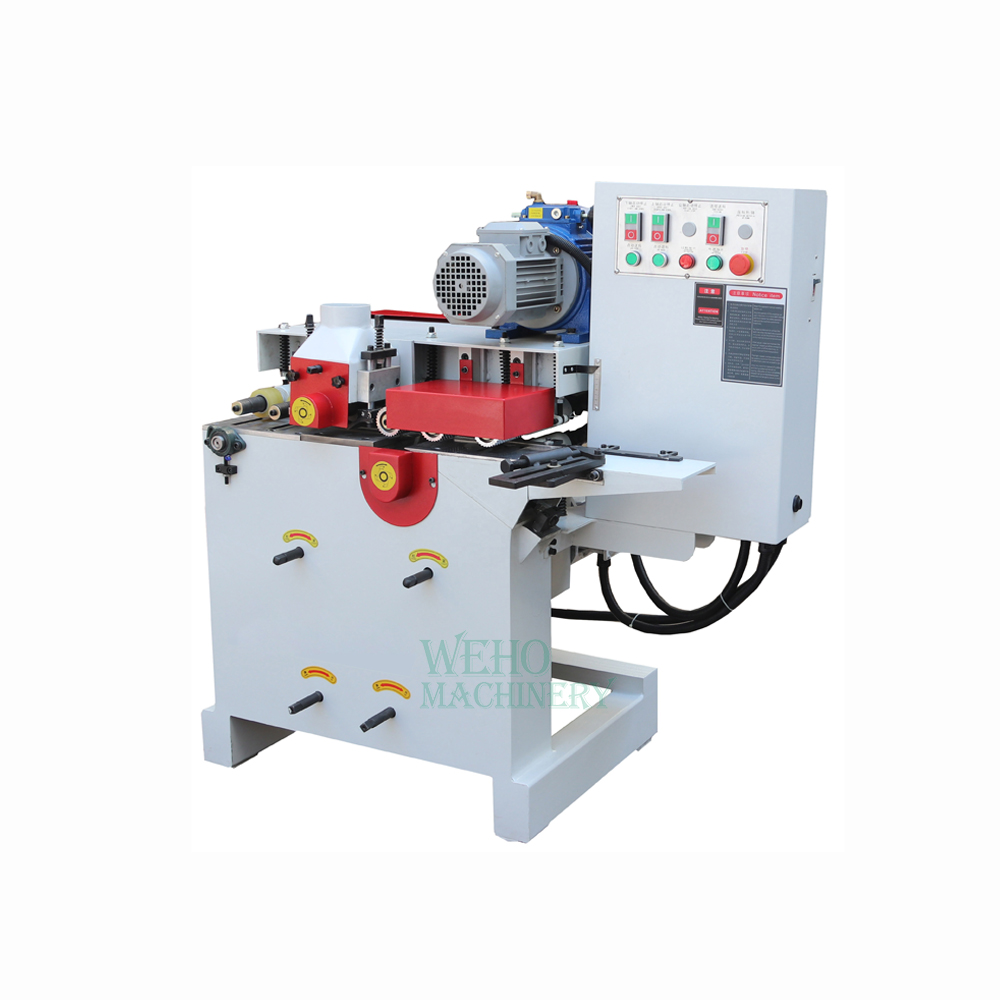
What Is A Spindle Moulder Used For?
A spindle moulder, also known as a shaper, is an essential woodworking machine widely used in industrial and professional carpentry. It’s designed to shape wood by utilizing various cutters that are mounted onto a rotating spindle. Spindle moulders are capable of producing precise, detailed, and complex profiles in wood and wood-based materials, making them invaluable in woodworking and furniture production.
In this article, we will explore the functions, components, applications, and benefits of the spindle moulder, providing a comprehensive understanding of how this tool enhances woodworking operations.
What is a Spindle Moulder?
A spindle moulder is a versatile machine used primarily for shaping and profiling wood. It consists of a vertically mounted spindle that rotates at high speeds. Various cutting tools are mounted on the spindle to shape, mold, or profile the edges of workpieces. Spindle moulders are used in combination with a feed system or manually fed, depending on the design of the machine.
Key Components of a Spindle Moulder
To better understand how a spindle moulder works, it’s important to familiarize oneself with its key components:
Spindle: The rotating vertical shaft that holds the cutting tools. The spindle is powered by the motor and is the primary moving part that drives the cutters.
Cutting Tools: Various profile knives, blades, and cutters are attached to the spindle to shape the wood. These tools come in different profiles and sizes, depending on the desired result.
Fence: This part helps guide the workpiece, ensuring accuracy and safety during the shaping process. The fence can be adjusted for different thicknesses and angles.
Table: The flat surface where the wood is placed as it moves through the machine. The table provides support for the workpiece as it is fed through the cutter.
Motor: The power source that drives the spindle. The motor can vary in size and power depending on the machine's capabilities.
How Does a Spindle Moulder Work?
The operation of a spindle moulder involves placing the wood on the table and feeding it towards the rotating cutters on the spindle. As the spindle rotates, it moves the attached cutting tools across the workpiece, shaping it into the desired profile.
Feeding Mechanism
In some spindle moulders, the workpiece is fed manually, while in others, an automatic feed system is used to move the wood at a consistent speed. The feed speed must be carefully adjusted to ensure smooth, accurate cuts and prevent defects.
Cutting Tools and Adjustments
Spindle moulders can be equipped with various cutting tools, such as:
Straight Cutters:Used for edge profiling and shaping.
Spiral Cutters: Ideal for smooth cuts on softer woods.
Fluted Cutters: Used for creating grooves or patterns in the material.
Moulding Cutters: These create intricate profiles for decorative purposes.
The cutters can be adjusted to control the depth and shape of the cut. This adjustability gives the spindle moulder flexibility for different applications.
Applications of Spindle Moulders
Spindle moulders are used in a wide range of woodworking applications, thanks to their versatility. Some of the most common uses include:
1. Edge Profiling
Spindle moulders are frequently used to create detailed edges on wooden furniture or cabinetry. This includes bevels, round edges, or decorative profiles. Different profiles can be achieved by switching cutting tools, making the spindle moulder an indispensable tool for creating attractive, high-quality furniture.
2. Grooving
Grooves are cuts made into the surface of the wood, often used for joinery. Spindle moulders can be fitted with the appropriate cutters to create grooves for sliding doors, drawers, or decorative paneling. Grooving operations are essential in many cabinet-making processes.
3. Moulding and Shaping
Spindle moulders are also used to create decorative mouldings, such as baseboards, crown mouldings, and other intricate designs. These mouldings can be used for both functional and aesthetic purposes in home construction and furniture design.
4. Tenoning
Some spindle moulders are equipped with special cutters or attachments to create tenons, which are essential for woodworking joints. Tenons are often used in the construction of frames, doors, and windows, making the spindle moulder an important tool for joinery.
5. Rebating
Rebating involves cutting a ledge or step along the edge of a workpiece. This is a common operation for furniture components such as cabinet doors or panels. The spindle moulder can be fitted with a rebate cutter for this purpose.
6. Copying and Replication
Spindle moulders can be used with templates to replicate specific shapes or profiles. This is particularly useful in mass production where consistent, high-quality results are required.
Benefits of Using a Spindle Moulder
The spindle moulder offers several advantages for professional woodworkers, making it an essential tool for many applications. Some of the key benefits include:
Precision and Accuracy
Spindle moulders are designed for high-precision work. The adjustable fences and various cutting tools allow for consistent, repeatable results, ensuring high-quality finishes in woodworking projects.
Versatility
With the ability to mount different cutting tools and adjust the spindle's height, spindle moulders can handle a wide range of tasks, from simple edge profiling to complex decorative mouldings. This versatility makes the spindle moulder suitable for a broad range of woodworking needs.
Increased Productivity
By automating certain tasks and providing precise cutting, spindle moulders can significantly speed up production processes. This increased efficiency makes them ideal for both small and large-scale woodworking operations.
Durable and Reliable
Spindle moulders are built to withstand heavy-duty use, providing durability and reliability over long periods of operation. With proper maintenance, they can serve woodworkers for many years, making them a sound investment for any workshop.
Safety Features
Modern spindle moulders are equipped with various safety features, such as emergency stop buttons, blade guards, and automatic shut-off systems. These features help ensure the safety of the operator while using the machine.
Types of Spindle Moulders
There are different types of spindle moulders, each suited to specific tasks or operational scales. These include:
1. Single Spindle Moulder
A single spindle moulder is a more basic version, with only one spindle that holds and rotates the cutting tools. This type is typically used for smaller or less complex tasks.
2. Multiple Spindle Moulder
A multiple spindle moulder, as the name suggests, features more than one spindle, allowing for multiple cutters to be used simultaneously. This type is ideal for larger-scale production where efficiency is essential.
3. CNC Spindle Moulder
CNC (Computer Numerical Control) spindle moulders are equipped with computer-controlled systems that allow for even greater precision and automation. These machines are ideal for complex, customized profiles and are commonly used in high-end furniture production and cabinetry.
Choosing the Right Spindle Moulder for Your Workshop
When selecting a spindle moulder for your workshop, there are several factors to consider:
1. Workpiece Size
Ensure that the spindle moulder can accommodate the size of the workpieces you plan to work with. Larger machines are ideal for bigger pieces, while compact models are better suited for smaller workpieces.
2. Motor Power
The motor power of the spindle moulder determines its ability to cut through different materials, including hardwoods and thicker pieces. Choose a machine with sufficient motor power for your intended applications.
3. Cutting Tool Compatibility
Make sure the spindle moulder is compatible with the types of cutters you plan to use. Some machines may offer more flexibility with tool options, while others may be more specialized.
4. Safety Features
Look for a machine that offers robust safety features such as blade guards, emergency stop mechanisms, and dust collection systems.
5. Automation
For high-volume production, consider a spindle moulder with automated feed systems or CNC controls to improve productivity and precision.
Conclusion
Spindle moulders are indispensable tools for woodworkers, offering unmatched precision, versatility, and efficiency for shaping and profiling wood. Whether used for simple edge profiling, complex moulding, or specialized joinery tasks, the spindle moulder’s adaptability makes it an essential asset in both small workshops and large-scale woodworking operations.
By understanding the uses, benefits, and types of spindle moulders available, you can make an informed decision about incorporating this valuable machine into your woodworking process. Whether you’re crafting custom furniture or producing high volumes of cabinetry, the spindle moulder remains a cornerstone of modern woodworking.


